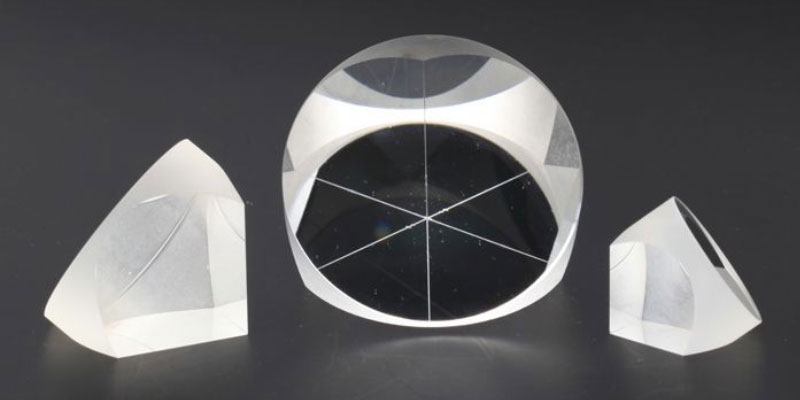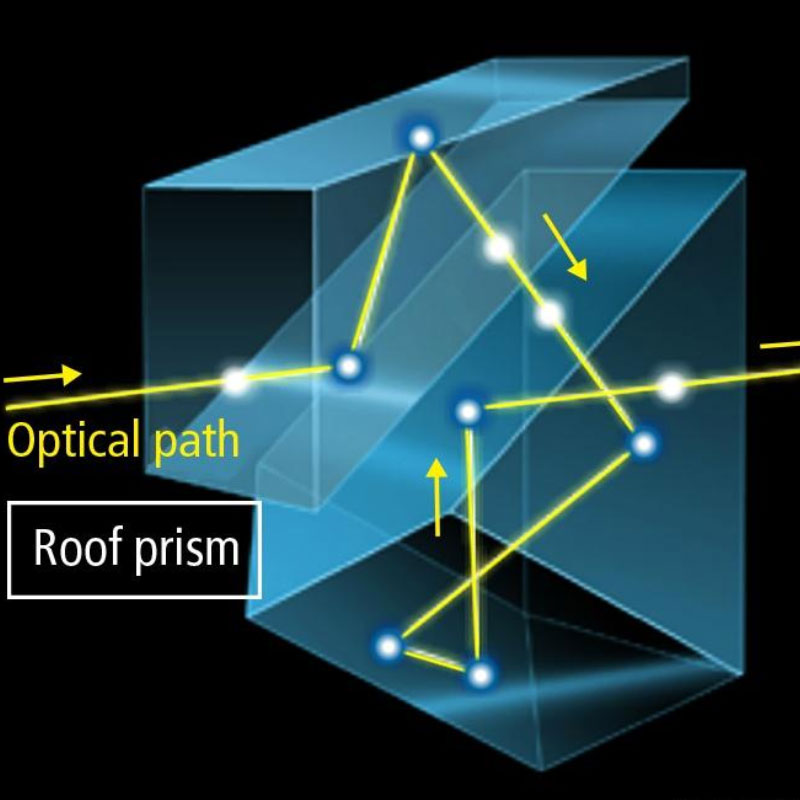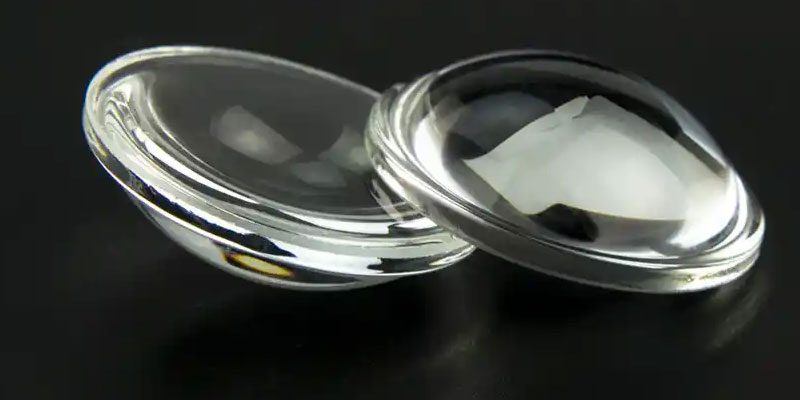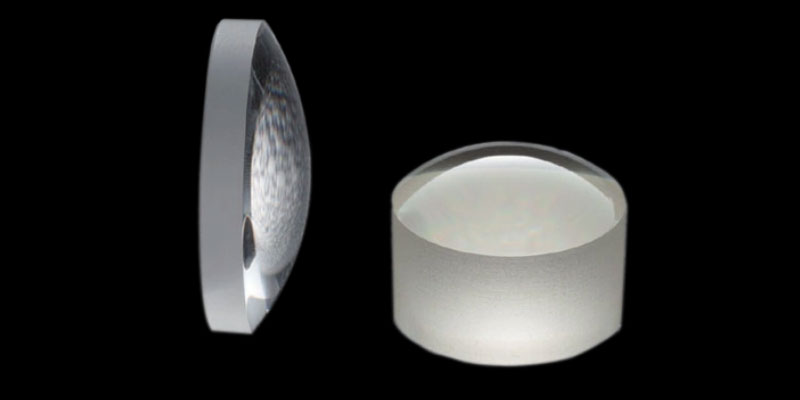
Porro Prism Lens is the most commonly used type of prism. The binoculars with Porro prisms are wider, and the spacing between the two objective lenses is larger than the spacing between the eyepieces, which gives a strong sense of three-dimensionality when observing near objects. Some compact binoculars with inverted Pro prisms, the distance between the objective lenses is less than the distance between the eyepieces, the sense of three-dimensionality is also weakened. Pro prisms are easier to manufacture and cheaper than roof prisms of the same optical quality.

Roof prisms lens are smaller and allow the objective lens and eyepiece to lie in a straight line, so they are often used in extremely compact binoculars. Compared with Pro prisms, roof prisms have two major drawbacks, one is the loss of light, darker image; the second is the assembly of high precision requirements, difficult to manufacture, the price is more expensive, well-made roof prisms in terms of performance can catch up with, but will not exceed the Pro prisms.
optlenses
Related posts
Spherical Lens vs Aspherical Lens
What is A Spherical Lens?
What are the differences between polarized lenses and ordinary lenses?
What is Photochromic Lenses?



